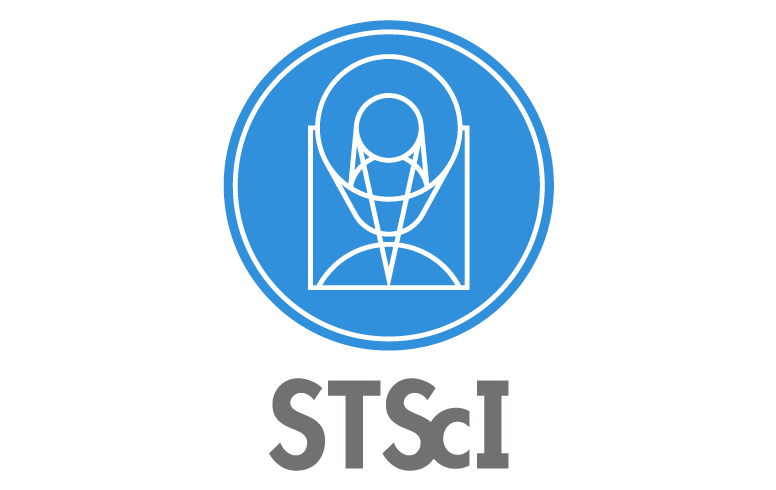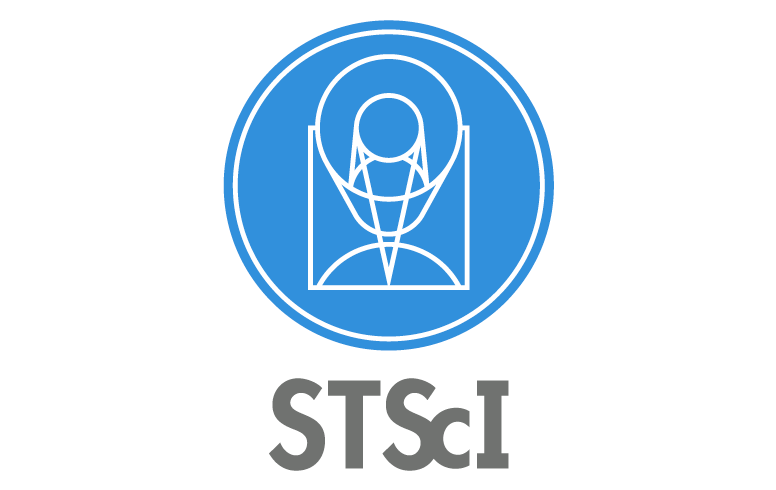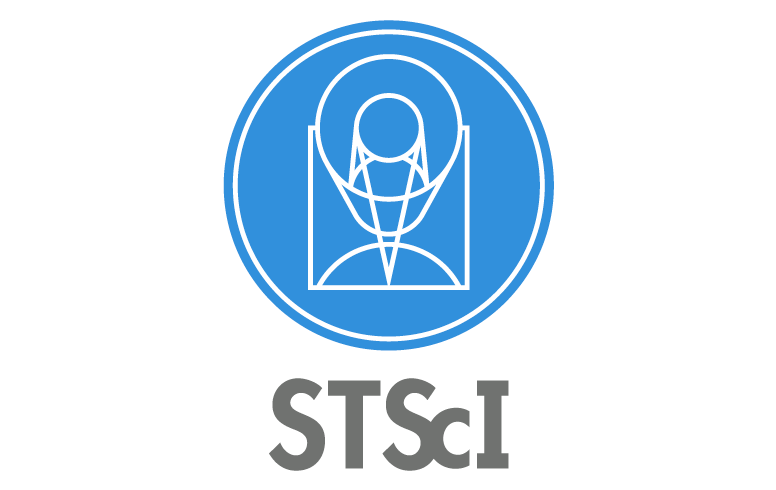
Water is abundant on Earth, covering 75% of Earth’s surface, and accounting for up to 0.1% of Earth’s mass, yet Earth may in fact be a very dry world. Liquid water is not only key for life, but understanding the origin of Earth’s water has important implications for habitability in both our solar system and in the numerous extrasolar planetary systems that have been discovered with planets within their star’s habitable zones. This research question requires an interdisciplinary approach and is one of the themes for the UH NASA Astrobiology Institute (NAI). In the 1980’s observations and models first suggested that comets might play a role in delivering water to Earth, and that the chemical fingerprint of this process was the D/H of ocean water. A more modern look at the problem now seeks to uncover all the issues related to the origin of Earth’s water to identify the key unanswered questions and assess where these questions can best be answered by interdisciplinary approaches.
The UH NAI team is investigating the chemical composition of primitive bodies and evidence of aqueous processes in the early solar system, dynamical delivery of bodies to earth and the chemical signature of this delivery to earth. I will discuss the interdisciplinary perspective of the origin of Earth’s water, in part as a consensus view from a recent workshop held in Iceland during Sep. 2011 to highlight where we are in our current understanding.
 Contemporary Water and Habitability of Mars
Contemporary Water and Habitability of Mars Astrobiology and the Antropocene Epoch
Astrobiology and the Antropocene Epoch Planets, Life, and the Universe Lecture Series (2009 - Present)
Planets, Life, and the Universe Lecture Series (2009 - Present) Blood Falls: Portal Into an Antarctic Subglacial Microbial World
Blood Falls: Portal Into an Antarctic Subglacial Microbial World